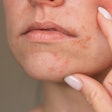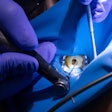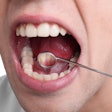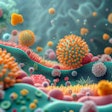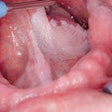Chronic kidney disease (CKD) may affect oral health, potentially leading to changes that directly increase the risk of developing caries, according to a study recently published in Health Science Reports.
Despite this association, there was no direct correlation between CKD and pulp, periapical, or periodontal tissue diseases, the authors wrote.
“Our study provides evidence of a direct causal relationship between CKD and dental caries but not between CKD and other oral diseases,” wrote the authors, led by Guilian Zhang of the Beijing Children's Hospital Department of Stomatology in China (Health Sci Rep, May 15, 2025, Vol. 8:5, e70735).
Observational studies indicate that CKD can cause systemic changes, including oral issues like caries, gingivitis, periodontitis, enamel hypoplasia, and altered saliva flow. Few studies have thoroughly examined the relationship between CKD and oral health conditions, they wrote.
This study used inverse variance weighted (IVW) random effects Mendelian randomization (MR) analyses, along with several sensitivity MR analyses, using summary statistics from genome-wide association studies (GWAS). The data, collected from the European population in 2021, included 3,902 cases of CKD, 4,170 cases of dental caries, 5,354 cases of pulp and periapical tissue diseases, and 4,120 cases of gingivitis and periodontal diseases.
Both IVW and weighted median analyses revealed a positive causal relationship between CKD and caries. In the IVW analysis, the odds ratio (OR) of CKD on dental caries was 1.368 (95% confidence interval [CI], 1.124 to 1.664; p = 0.002), indicating a significant association, with a positive correlation between CKD and caries (b = 0.313), they wrote.
The weighted median analysis also showed a positive relationship, with an OR of 1.292 (95% CI, 1.032 to 1.616; p = 0.025) and a correlation coefficient of b = 0.256. However, the ORs of CKD on pulp and periapical tissue diseases and gum and periodontal tissue diseases were not statistically significant (p = 0.094 and p = 0.082, respectively).
Nevertheless, this study had limitations. Endodontic and periapical diseases were grouped together when collecting GWAS data, resulting in a lack of detailed accuracy, the authors noted.
“Finding targeted approaches will improve the oral health of patients with CKD and the effectiveness of diagnostic and treatment approaches in both disciplines,” Zhang and colleagues concluded.










